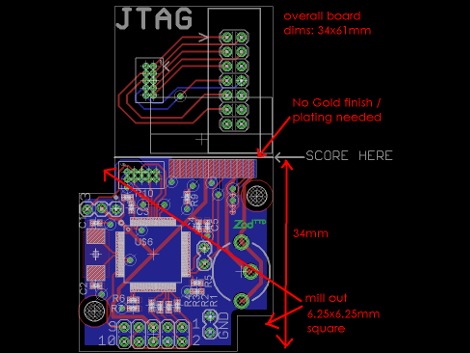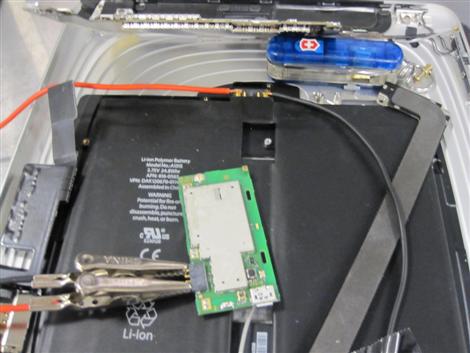[youtube=http://www.youtube.com/watch?v=v2vN_mxW4Bc]
As the summer heats up an air conditioning system is a necessity in many climates. [Grayson’s] system suffered some damage over the winter that caused it to vent its refrigerant, avoiding an explosive situation. Before he can chill out inside he’ll need to recharge it and he’s chosen to use propane in his cooling system. According to our friend Google this is not his original idea, but has been done many times before. [Grayson] makes the point that although propane is flammable it’s not necessarily any more dangerous in a fire than Chlorodiflouromethane, or R22, which is the nasty little gas that fled his system for its new home in the upper atmosphere.
The video above includes a brief explanation of recharging the system and the tools needed. We’d need to mill this over for quite a while before working up the gumption to give it a try. For now we’ll stick to [Grayson’s] more pedestrian hacks like making some servo motors sing or easing our yard work woes.
















